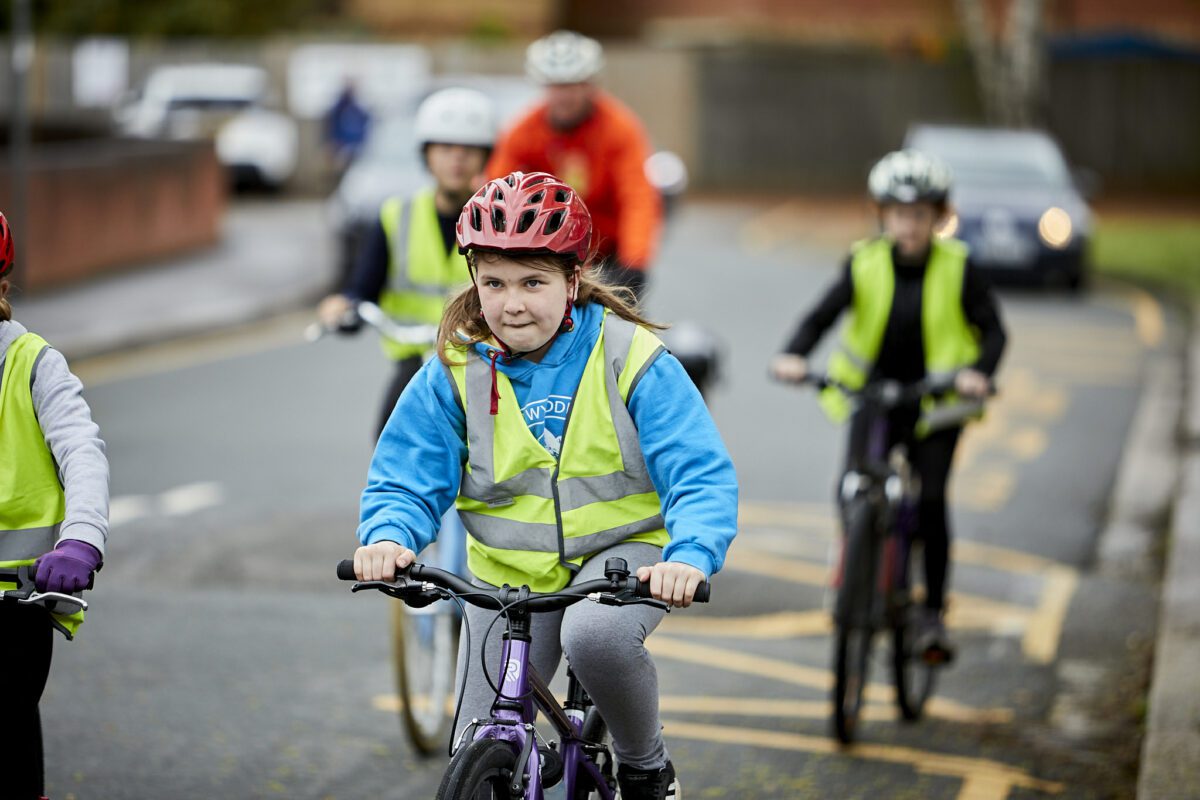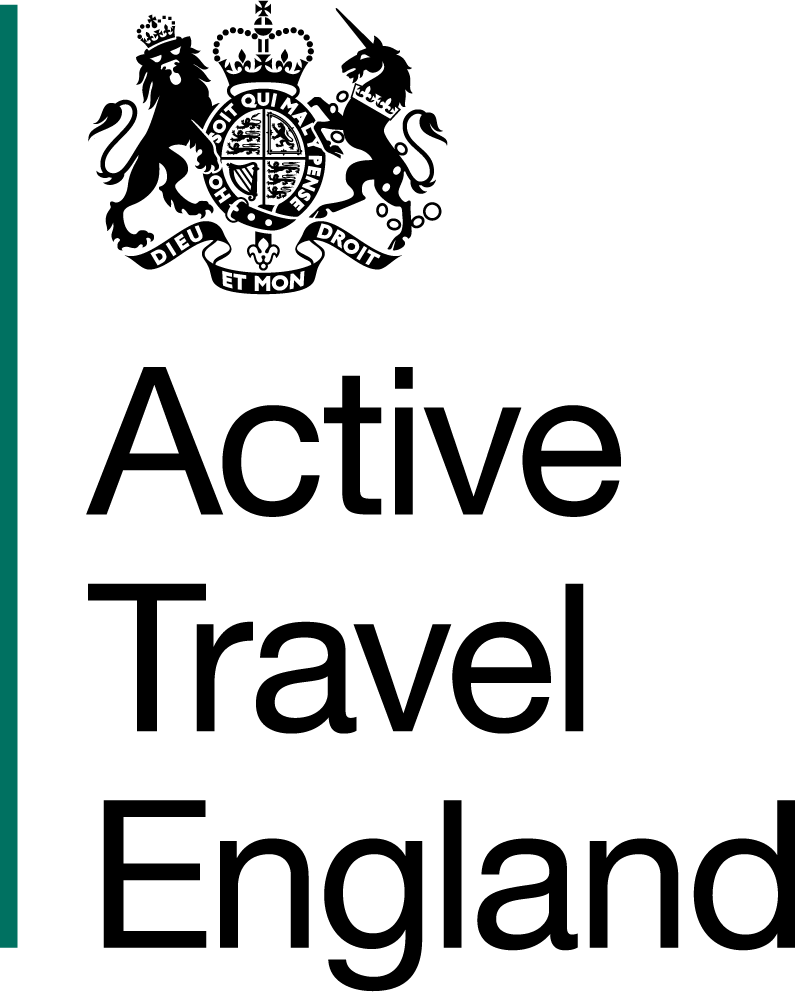5.2. Active learning


Every training session should offer as much active learning time as possible. Active learning means directly involving riders in the learning process.
Cycling practice (with appropriate feedback and decreasing amounts of prompting) is the most important way to include active learning in your sessions. But there are other forms of active learning that will help riders stay engaged when they are not riding.
Active learning when riding:
- Use a mix of solo, paired and group riding so riders can spend as much time as possible cycling.
- Rotate riders within a group so that each rider has a turn in each position.
- Make sure riders are making their own decisions (and not just following the person in front).
- Take time to assess each rider individually and give them specific feedback.
- Link activities together, for example by asking riders to carry out a U-turn.
Active learning when not riding:
- When you are teaching, do not just talk at the riders. Use questions to encourage riders to offer their own solutions.
- Get the group to give and receive feedback from each other.
- Riders should think when watching your demonstrations. Ask open questions before and after, and give them specific things to watch out for.
- If a group is waiting for their turn to cycle, ask them to watch and feed back on what the other riders are doing.
Active learning gives riders more responsibility; they’re not just passively listening. They are also likely to have more fun, be less distracted and present fewer behavioural challenges.
Remember, though, that your guidance – through prompting, questioning and sometimes telling – is still important for active learning. You’re helping riders to develop their skill in applying knowledge and analysing situations for themselves.
You can find more information on active learning on the Bikeability website:
https://www.bikeability.org.uk/wp-content/uploads/2021/09/Active-Learning-2207141.docx
